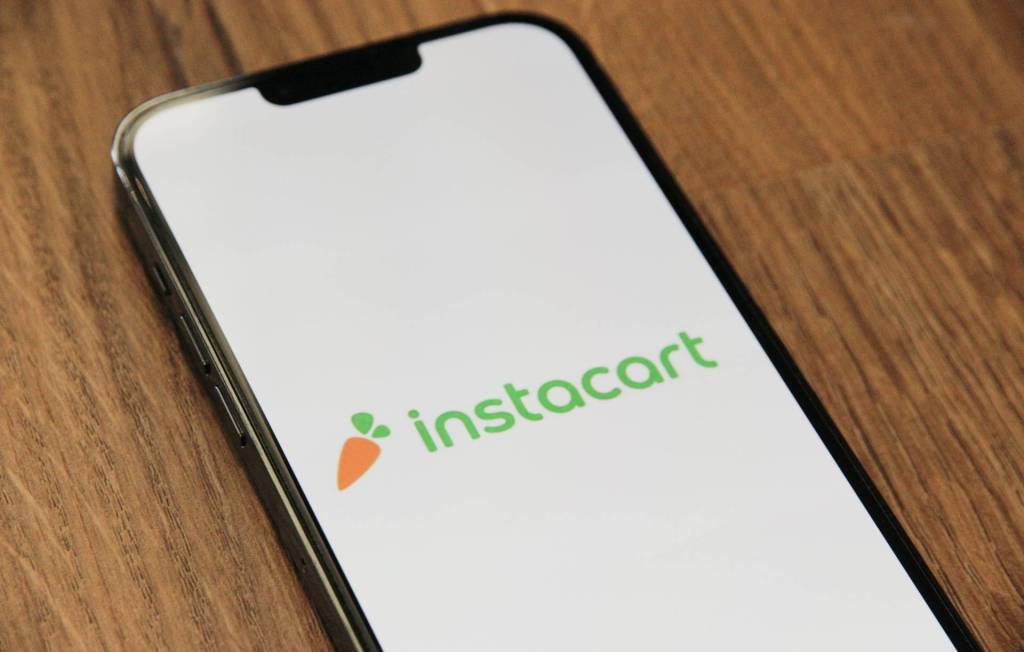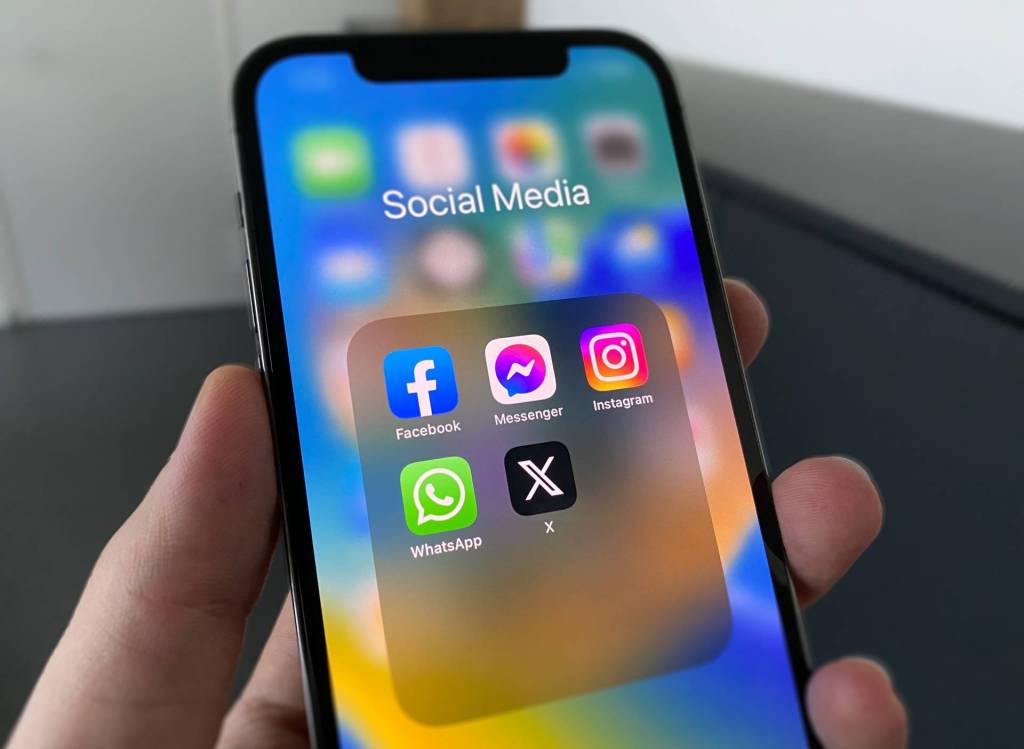Content marketing is a small business marketing tool that helps the Davids of business compete against their Goliath competitors.
Content marketing is a brand-building technique that helps individuals and businesses build lasting relationships with clients, customers, and prospects using helpful & relevant information shared in an editorial, i.e., non-selling, format.
It’s a technique as useful for authors and self-employed professionals as it is for small, growing businesses.
Content marketing’s power comes from reciprocity, one of the 6 universal human behaviors that Robert Cialdini describes in his classic study, Influence: The Power of Persuasion.
Reciprocity is the tendency to want to do something nice for someone who does something nice for you. Reciprocity is a subtle form of indebtedness.
One of the reasons social media sites like Twitter.com have become so popular is that they make it easy for readers to “thank” the authors & businesses who help them achieve a goal or solve a problem.
Where does good content come from?
Content marketing is delivered through words used in articles, blog posts, books, email, podcasts, speeches, teleseminars, tips, and videos.
But, content doesn’t originate in writing. Content marketing success isn’t simply a matter of inherited writing ability or knowing the rules of grammar.
Instead, the content needed for content marketing comes from attitudes and habits that any self-employed professional or small business owner can master.
Tips for content marketing success
Here’s how you can improve your ability to put content marketing to work:
- Teach. Put advertising aside, along with its emphasis on attracting attention and “catchy” ideas. Instead, think of yourself as a teacher. Think back to the teachers in your life who made a difference in your life. Strive to be like them. Content is more like teaching than selling. The best teachers are passionate about the information they want to share and how their students will benefit.
- Focus. Don’t try to please everyone, and don’t try to share everything you know. Instead, focus on the needs of your ideal prospects–those with whom you’re most interested in building long-term relationships. Analyze the types of information they’re looking for. Focus on what your prospects want and need.
- Structure. Pace your delivery. Take a long-term view of content marketing. Don’t provide too much information, too soon. On the first day of classes, teachers don’t tell the whole story. Instead, at the beginning of each year, teachers prepare a week-by-week lesson plan, or curriculum, that introduces information in bite-sized chunks.
- Efficiency. Your content marketing is not going to be measured by how hard you worked, or how long it took you to prepare each blog post or podcast. Instead, explore tools, like outlining and mind mapping, that save time planning before you write. Likewise, master time-saving software features like keyboard shortcuts.
- Consistent. Schedule content at consistent, predictable intervals. If you commit to new blog posts every Thursday, always be there! Don’t miss a week, then make up for it with a blog post twice as long. You’ll be judged by the consistency of your content marketing as well as the quality and relevance of the ideas you share.
- Personality. How you deliver your content plays a major role in its success. The appearance and readability of your blog or ebook play a large role in your brand. Strive to present an optimistic, professional image. Watch your language. Write as conversationally as you would speak to the reader over coffee.
- Leverage. Avoid re-inventing the wheel. Leverage your best ideas by reformatting, re-purposing, and re-using them. Review your previously-created content and look for popular topics you can expand, or build-on. Look for opportunities to convert articles or blog posts into reports, teleseminars, webinars, or videos.
What can content marketing do for you?
Content marketing can help small businesses outlast compete larger, older, and better-capitalized competitors. Content marketing helped a Seattle neighborhood electronics retailer expand from 1 location to dozens of locations up and down the West Coast before Best Buy acquired it.
The turning point in the store’s history was a series of How to Buy a Stereo newspaper inserts I created. These took the mystery out of buying a home music system at precisely the time that the firm’s larger competitors were confusing the market with too much selection and unsustainable low pricing.
If you’re an author, content marketing using a blog can help you build a market for your book while you’re writing it.The careers of many bestselling authors, including Garr Reynolds, began when publishers noticed his blog and asked him to write a book. Over and over again, authors like Seth Godin and David Meerman Scott have proven the ability of blog marketing to create instant bestsellers.
Content marketing costs less than ever before
When I was preparing newspaper inserts for Magnolia Hi-Fi, now Magnolia Home Theater with 350 locations throughout the USA, the cost of our content marketing was extremely high in terms of production, printing, and newspaper distribution.
Now, however, the Internet makes it possible for authors, self-employed professionals, and businesses of all sizes to profit from content marketing. So, the only question that remains is, How are you going to put content marketing to work? Share your ideas or questions, below, as comments.
Author:
Roger C. Parker’s Published & Profitable offers content marketing & writing assistance, including a free Procrastination Symptoms Checklist.












